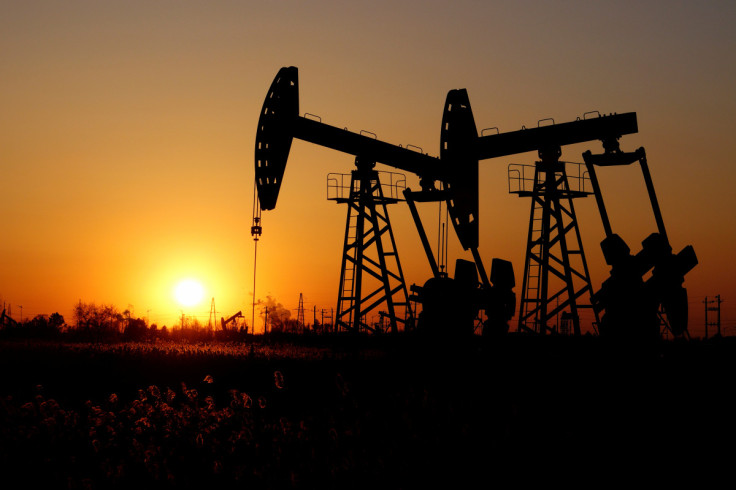Oil Prices Ease, China COVID Spike Hurts Demand Outlook

Oil prices ticked down on Thursday as surging COVID-19 cases in China dimmed hopes of a recovery in fuel demand in the world's second-biggest oil consumer.
The scale of the latest outbreak and doubts over official data prompted some countries to enact new travel rules on Chinese visitors, even as China began dismantling the world's strictest COVID regime of lockdowns and testing.
Brent futures for February delivery fell 42 cents, or 0.5%, to $82.84 a barrel, by 0123 GMT, while U.S. crude fell 50 cents, or 0.6%, to $78.46 per barrel.
Oil markets were also buffeted by expectations of another U.S. interest rate hike in the United States, as Federal Reserve tries to limit price rises in a tight labour market.
U.S. crude oil inventories fell less than expected, by about 1.3 million barrels, in the week ended Dec. 23, according to market sources citing American Petroleum Institute figures.
That compared with estimates for a draw of 1.5 million barrels, according to analysts' estimates. The U.S. government will release its weekly figures at 10:30 a.m. EST on Thursday.
Also weighing on prices, pipeline operator TC Energy said it was working to restart the portion of the Keystone pipeline that was forced shut after a leak earlier this month. However, that comes as an arctic freeze has forced some oil refining facilities offline, backing up crude supplies.
Oil refiners continued to ramp up operations, but some of that recovery is expected to extend to January.
Markets, however, drew some support from Russian President Vladimir Putin's ban on exports of crude oil and oil products from Feb. 1 for five months to nations that abide by a Western price cap.
Germany said the ban has "no practical significance" as the country has been working since spring to replace Russian oil supplies and ensure security of supply.
© Copyright Thomson Reuters 2025. All rights reserved.





















